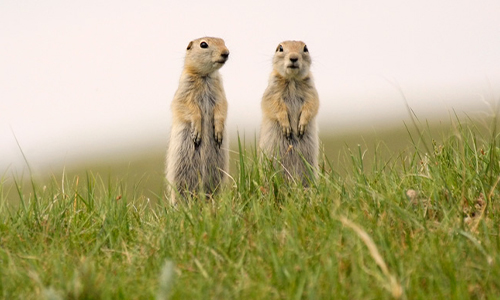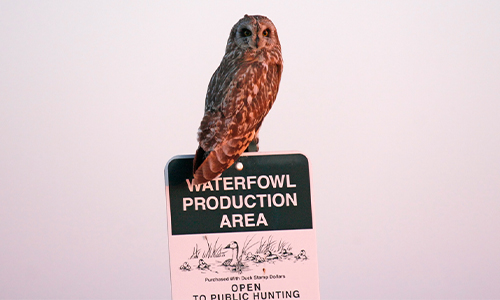What is Biodiversity
Biodiversity contributes to ecosystem health and productivity. Biodiversity is the measure of the number and abundance of species present in a habitat and includes the variety of plants, animals, and microorganisms that work together to create healthy, balanced ecosystems that sustain life. Wetlands are hotspots of biological diversity, home to thousands of plant and animal species. Studies demonstrate that more diverse ecosystems can be more resilient to environmental changes and disturbances, such as climate change, invasive species, and habitat destruction.

FAST FACTS:
- 40% of the world’s plant and animal species live or breed in wetlands
- 900 terrestrial animal species rely on wetlands at some point during their lifespan
- Nearly 3,000 total species of plants are wetland-dependent/native
- Up to one-half of North American bird species nest or feed in wetlands
- 80% of threatened bird species rely on wetlands
- Wetland-dependent fish make up 70% of commercial and 90% of recreational fish harvest
Wetlands are considered one of the most productive ecosystems in the world, on par with tropical forests and coral reefs. Biodiversity loss threatens the health of our air, soil, water quality and food sources. Unfortunately, some of the most biodiverse ecosystems are the ones at greatest risk:
- WETLANDS: Only 50% of U.S. wetlands remain intact
- GRASSLANDS: Once spanning more than one million miles, nearly 62% of North American grassland landscape has been lost
Threats to Biodiversity
- Habitat loss and degradation
- Climate Change
- Invasive species
- Pollution of wetlands
- Conversion of wetlands
How DU Supports and Manages Biodiversity
Habitat Protection: DU’s projects aim to safeguard critical waterfowl and wildlife habitats from degradation and development.
Ecosystem Restoration: DU’s reforestation, wetland restoration and grassland reestablishment efforts work to restore and enhance habitats so that they can support the species that rely on these landscapes the most.
Research and Monitoring: DU’s work is driven by science. Research, surveying and long-term monitoring of species and ecosystems provide crucial data for understanding biodiversity trends and insights in specific areas.
Invasive Species Management: On certain landscapes, DU works to remove and control invasive species to help protect native biodiversity and restore the ecological balance in affected areas.

